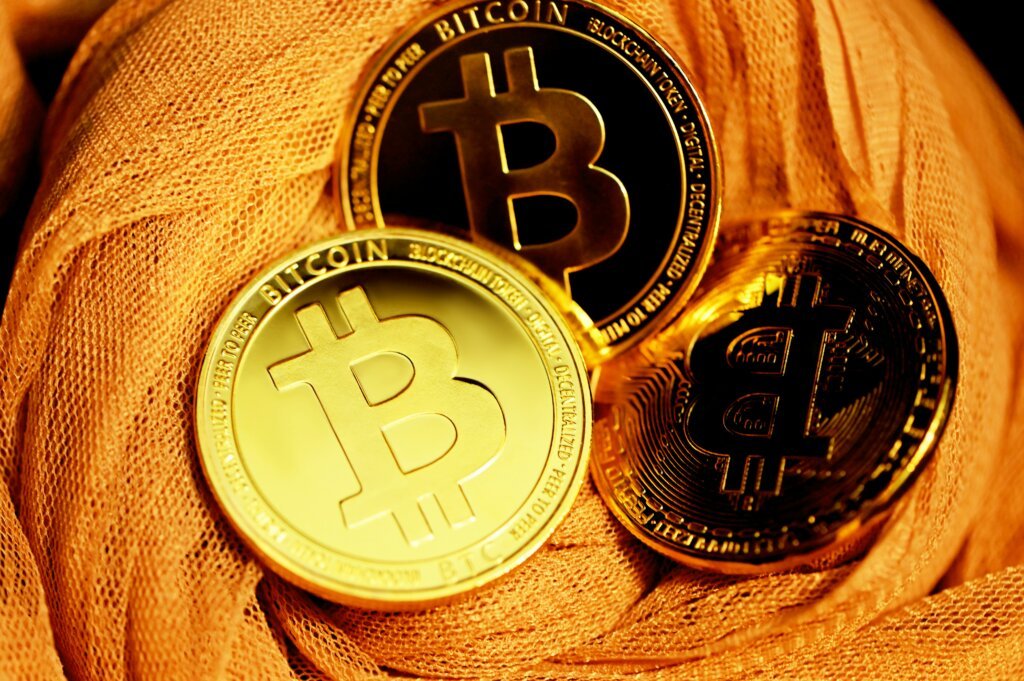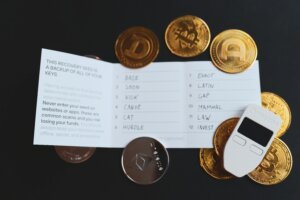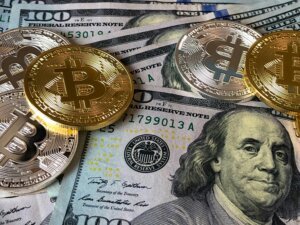How to Buy Bitcoin: Step-by-Step Guide
Bitcoin is no longer just a niche digital asset—it’s a global phenomenon. Whether you’re looking to invest, use it for transactions, or simply explore the world of cryptocurrency, buying Bitcoin is your first step.
This complete guide will walk you through the entire process of getting Bitcoin into your pocket, covering:
✔ Where to buy Bitcoin safely (best exchanges in your region)
✔ How to set up and verify your account
✔ Payment methods available
✔ How to store your Bitcoin securely
✔ Pro tips to avoid scams and save on fees
Let’s get started!
Step 1: Understand Bitcoin Before Buying
If you’re new to Bitcoin, check out my Bitcoin 101 Guide where I break it down in simple terms. In short, Bitcoin (BTC) is the first decentralized digital currency, meaning:
- No banks or governments control it
- Limited supply – Only 21 million BTC will ever exist
- Pseudonymous – Transactions are public, but identities are hidden
Step 2: Choose a Bitcoin Exchange
The next step is finding the Bitcoin Exchanges in your country and open your own account in the exchanges. The table below list some Top exchanges operating in some countries.
| Country | Top Exchanges | Regulatory Body |
|---|---|---|
| USA | Coinbase, Kraken, Gemini | FinCEN, SEC |
| Japan | bitFlyer, Coincheck, GMO Coin | FSA (JP) |
| UK/EU | Binance, Bitstamp, Kraken | FCA (UK), MiCA (EU) |
| India | WazirX, CoinDCX, ZebPay | RBI (India) |
| Australia | Independent Reserve, CoinSpot | AUSTRAC |
| Global | Binance, Bybit, OKX | Varies |
Here are some tips to help you pick the Right Exchange:
✔ Regulated in your country (avoid unlicensed platforms)
✔ Low fees (compare deposit, trading & withdrawal costs)
✔ Good liquidity (ensures smooth buying/selling)
✔ Supports your payment method (bank transfer, card, etc.)
(Example: In Japan, bitFlyer is FSA-licensed, while in India, WazirX complies with RBI guidelines.)
Step 3: Sign Up & Complete KYC Verification
When you signing for new account in the exchange, they may ask you some materials to prove your identity. Most regulated platforms follow Know Your Customer (KYC) rules to prevent fraud.
Documents Needed:
✔ Government ID (Passport, Driver’s License)
✔ Proof of Address (Utility bill, Bank statement)
✔ Selfie Verification (Some exchanges require a live photo)
The verification time of the documents will depend on the exchange. But normally, it will take about few days to complete opening the account.
Step 4: Deposit Money
Here are some Payment Methods available:
Each Bitcoin exchanges will allow specific Payment Methods. The Payment methods often allowed are Bank Transfer, some exchanges allow using Credit Card for deposit.
| Method | Speed | Fees | Best For |
|---|---|---|---|
| Bank Transfer | 1-3 days | Low | Large purchases |
| Credit/Debit Card | Instant | High (~3-5%) | Quick small buys |
| PayPal/Apple Pay | Instant | High | Convenience |
| Cash Deposit (Japan: Konbini) | Minutes | Medium | No bank needed |
Country-Specific Options:
- Japan: Convenience store payments (7-Eleven, Lawson)
- India: UPI, IMPS bank transfers
- SEA: GrabPay, OVO, Dana
- Min. Deposit and Max Deposit Amounts Vary on exchanges
- Some exchanges allow buying as little as $10 worth of BTC.
Step 5: Buy Bitcoin (Market vs. Limit Orders)
How to Place Your First Bitcoin Order
1. Go to the “Buy” section on your exchange.
2. Select Bitcoin (BTC).
3. Choose order type:
- Market Order/ Spot Trading (Buy instantly at current price)
- Limit Order (Set your desired price, waits for a dip)
- Recurring Buy (Automatically buy a fixed amount of Bitcoin on a regular schedule, such as daily, weekly, or monthly)
4. Enter amount (in your currency or BTC) and Schedule (if select Recurring Buy)
5. Confirm & complete
Understanding Fees:
- Trading fee (0.1%–0.5% on most exchanges)
- Spread (Difference between buy/sell price)
Step 6: Secure Your Bitcoin (Wallets Guide)
Storing your Bitcoin on an exchange may be convenient, but it comes with significant risks. Exchanges are centralized platforms that can be hacked, frozen, or shut down, potentially causing you to lose access to your funds. For true ownership and security, it’s safer to transfer your Bitcoin to a personal wallet where you control the private keys.
| Wallet Type | Security Level | Best For | Examples |
|---|---|---|---|
| Exchange Wallet | Low | Short-term trading | Coinbase, Binance |
| Mobile Wallet | Medium | Daily spending | Trust Wallet, Exodus |
| Hardware Wallet | High | Long-term holding | Ledger, Trezor |
| Paper Wallet | Very High | Cold storage (advanced) | BitAddress |
If you’re just starting out or making small purchases, a mobile wallet like BlueWallet or Muun is user-friendly and great for everyday use. For larger amounts or long-term storage, consider a hardware wallet like Ledger or Trezor, which keeps your Bitcoin offline and protected from online threats. Timing-wise, it’s best to set up your wallet before buying Bitcoin, so you can immediately transfer it off the exchange. Always back up your recovery phrase and store it in a safe, offline location.
“Not your keys, not your coins” – If you don’t control the private keys, you don’t truly own your Bitcoin.
5 Essential Safety Tips:
- Enable 2FA for the Wallet (Google Authenticator or SMS)
- Beware of phishing sites (Always check the URL)
- Never share private keys or recovery phrases
- Start small (Test with a small purchase first)
- Track your taxes (Many countries tax crypto gains)
Summary: Step by step to buy Bitcoin
- Pick a regulated exchange (e.g., Coinbase in the US, bitFlyer in Japan).
- Complete KYC verification (ID + proof of address).
- Deposit local currency (Bank transfer, card, etc.).
- Buy Bitcoin (Market or limit order).
- Move BTC to a secure wallet (Hardware wallet for long-term storage).
Conclusion: Ready to Join the Bitcoin Revolution?
Bitcoin is more than an investment—it’s a new financial system. Whether you’re buying your first 0.001 BTC or diving deep into self-custody, this guide gives you the brief guide to start.
What’s next?
- Learn how to store Bitcoin [coming soon].
- Learn how to use Bitcoin for payments [coming soon].
(Disclaimer: Cryptocurrency investments carry risk. Never invest more than you can afford to lose.)






Comments